|
Prose
British Columbia's
Sustainable Rainforests — A Survey of Issues
by Elmer G. Wiens
|
Alpine Lake and Forest
|
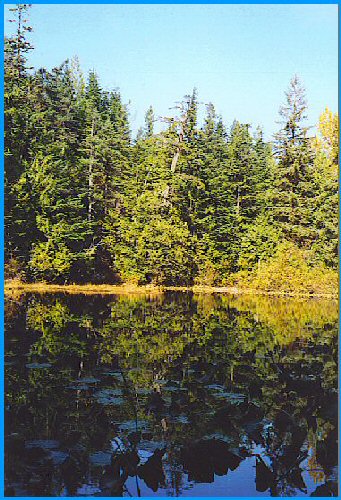
|
-
The B.C. Government allocates licences to operators to harvest timber in designated areas of the province.
-
Sustained yield: forest management with harvesting of timber balanced by growth in a specific forest area.
|
|
Mountain Forests
|
|
|
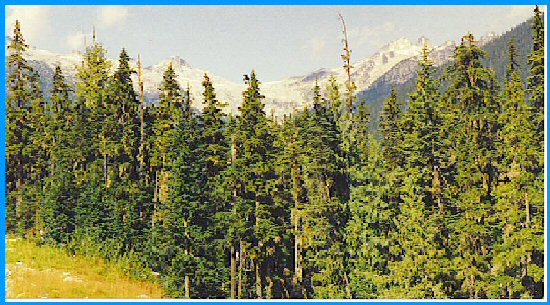
|
|
Second Growth Forest
|
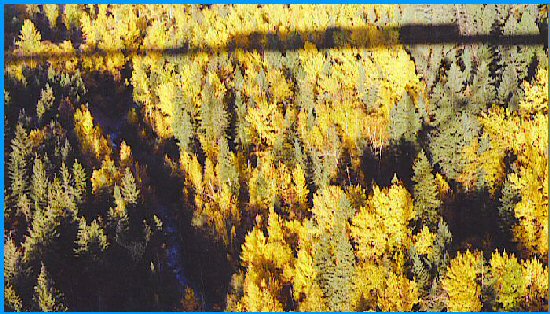
|
-
Mean annual increment (M.A.I.): the average annual growth rate in volume of a stand, averaged over its life, measured in cubic feet per metre.
-
Rotation age: the age at which a forest crop is harvested and replaced by a new stand.
-
Normal forest: a track of timber with an equal distribution of trees with ages from 0 to the rotation age.
|
|
Hanzlik formula
|
|
A.A.C = volume of timber / rotation age + M.A.I
A.A.C. = allowable annual cut; M.A.I. = mean annual increment in wood volume
|
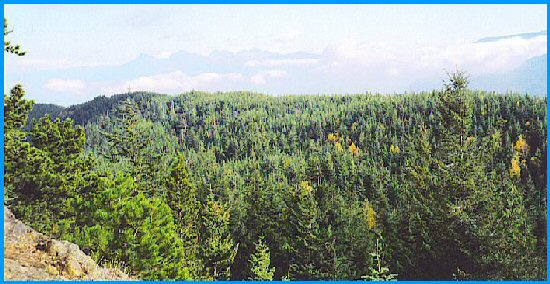
|
|
Logging Road Bridge
|
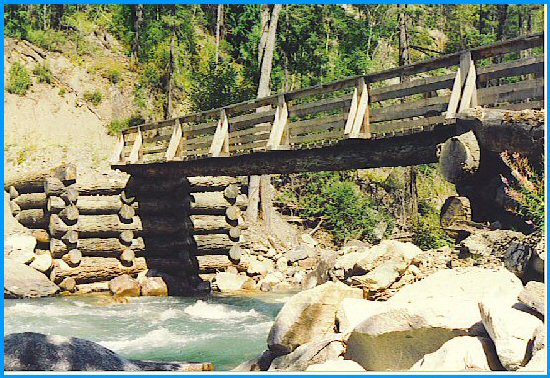
|
|
|
|
Planning Over The Long Run
|
|
|
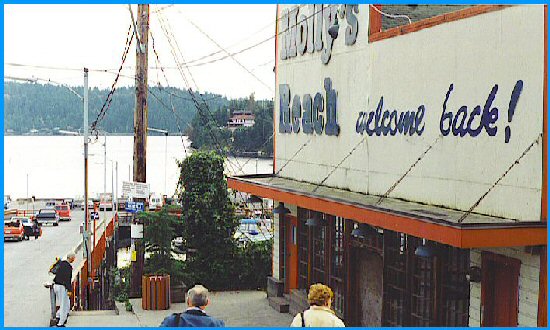
|
|
Erosion of River Banks
|
-
Clear-cut logging is the dominant method of harvesting trees in British Columbia. A clearcut is where the entire forest cover is logged.
-
Overcutting refers to the volume cut, or logging too much. The overcut is the difference between the Long Term Harvest Level and the Allowable Annual Cut.
|
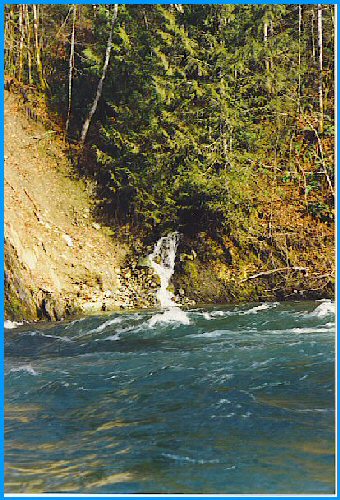
|
|
Building Log Homes
|
|
|
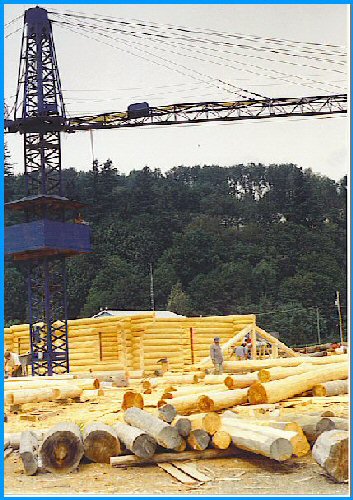
|
|
Timber Production
|
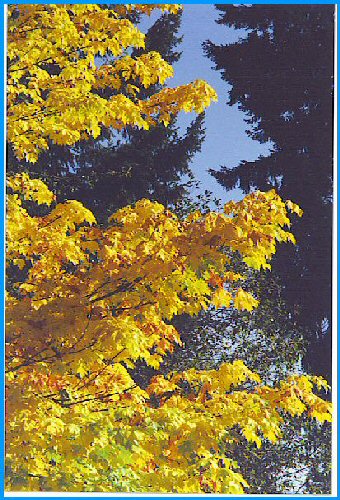
|
Production by species:
— hemlock (20%)
— spruce (22%)
— lodgepole pine(16%)
— Douglas fir (14%)
— cedar (12%)
— true firs (13%)
|
|
First Nations Village
|
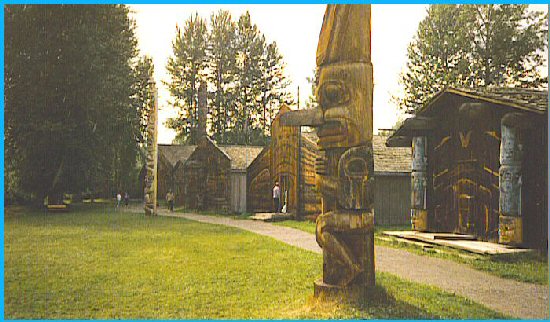
|
-
Kispiox, Gitanyow, Gitwangak, Glen Vowell, Gitanmaax, Hagwielget and Gitseguecla are villages of the people of the First Nations. They have lived along the Skeena River Valley for thousands of years.
-
Logging and tourism are major industries along the Skeena River Valley.
|
|
Forest Practices Code
|
-
Regulations that control rates of harvesting, utilization and forest practices.
-
Protection for wild life and soils, and riparian buffers that protect habitat along waterways.
-
Improved standards of road construction, logging, and silviculture practices.
|
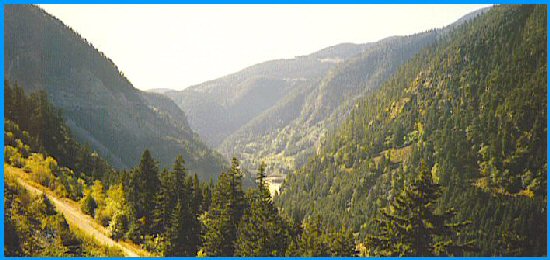
|
|
Coast Forest Industry
|
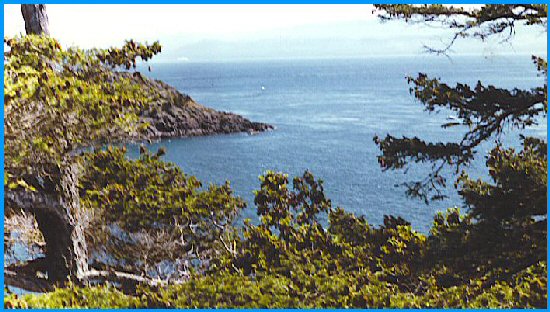
|
-
Vast coniferous forests stretch from Alaska to Vancouver between the Cascade Mountains and the Coast, and on Haida Gwaii, Vancouver Island, and offshore islands.
-
The coastal logging industry, employing 11,500 people, provides the economic base for coastal communities.
|
|
Vancouver Island’s West Coast
|
-
First Nations’ culture and livelihood depends on coast forests.
-
Coast forests provide spawning grounds for salmon and homes for wild life.
-
The forest industry’s objectives conflict with these other uses for coast forests.
|
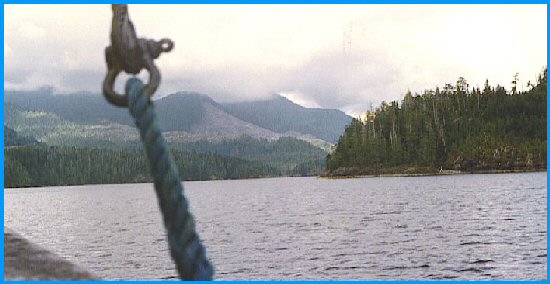
|
|
Eco-system Management
|
|
|
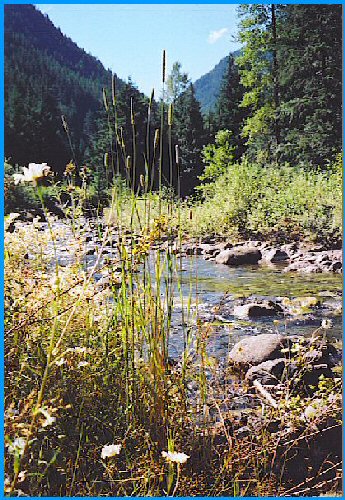
|
|
Manufacturing Forest Products
|
-
Manufacturing of coast timber is concentrated along the Fraser River, the Lower Mainland, and Eastern Vancouver Island.
-
Large sawmills process 60% of the coast timber supply into lumber and wood chips.
-
Ten percent of the coast timber is exported as logs.
-
Pulp mill chippers, chip mills, veneer mills, and shake and shingle mills account for the remainder of the coast timber.
|
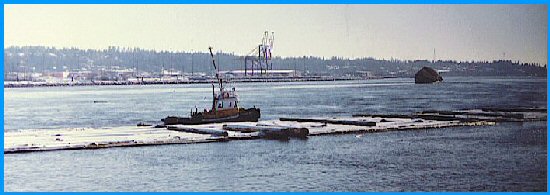
|
|
British Columbia's Forest Act
|
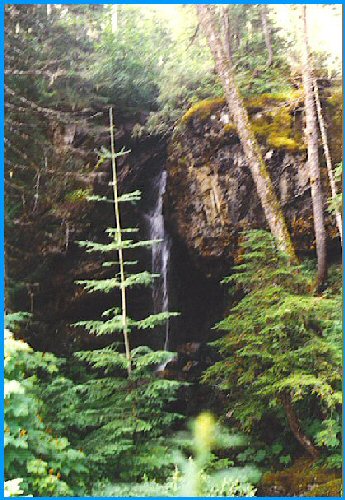
|
-
The Chief Forester is legally required to guarantee lumber and pulp mills a steady timber supply, despite the ecological or cultural consequences.
-
The David Suzuki Foundation believes that the Chief Forester’s primary duty should be to ensure that the province's forests are not overcut and that ecological integrity is maintained.
|
|
Sustainable Employment?
|
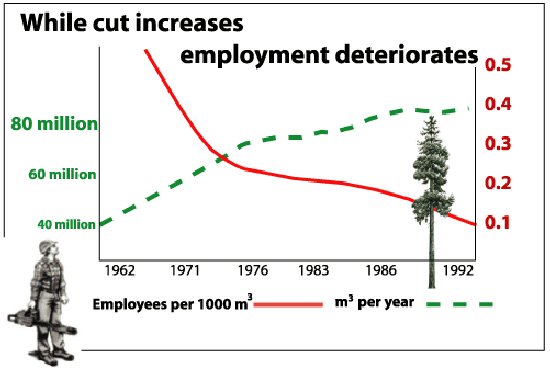
|
|
|
|
Sustainable Rainforests?
|
-
Following the last ice age, the rainforests of the Pacific Northwest emerged under “unique climate conditions” into a complex diversity of life anchored by coniferous trees. If these trees are logged, it is unknown whether these “extraordinarily complex ecosystems” will regenerate, even with modern silviculture.
-
Davis, Wade. The Clouded Leopard: Travels to Landscapes of Spirit and Desire. Vancouver: Douglas & McIntyre, 1998: 207-24.
|
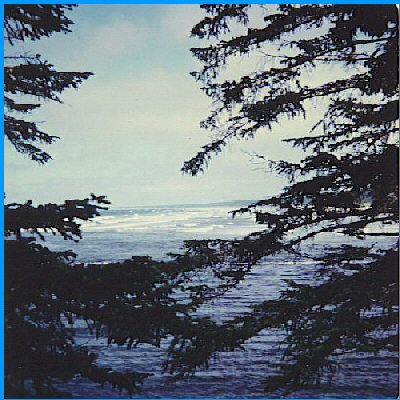
|
|
First Nations' Land Claims?
|
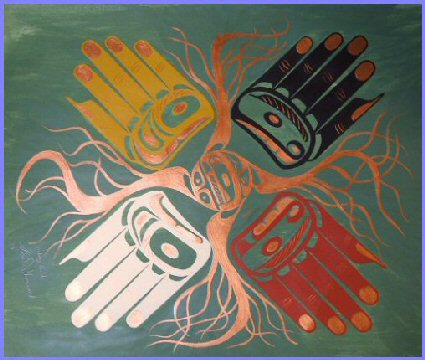
|
-
First Nations' claims to land in B.C. remain unresolved.
-
Courts have avoided defining Aboriginal rights.
-
The Canadian Constitution affirms Aboriginal and treaty rights.
-
Artwork: Sean Wanukw
|
|
Works Cited and Consulted
|
-
Braun, Bruce. The Intemperate Rainforest: Nature, Culture, and Power on Canada’s West Coast. Minneapolis: U Minnesota P, 2002.
-
Davis, Wade. The Clouded Leopard: Travels to Landscapes of Spirit and Desire. Vancouver: Douglas & McIntyre, 1998: 207-24.
-
Pearse, Peter H. Timber Rights and Forest Policy in British Columbia. Victoria: Government of British Columbia, 1976.
-
Pearse, Peter H. Ready for Change: Crises and Opportunity in the Coast Forest Industry. Vancouver: Ministry of Forests, 2001.
-
David Suzuki Foundation Website. 15 Feb 2006
http://www.davidsuzuki.org/.
|
|



















